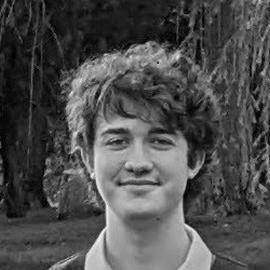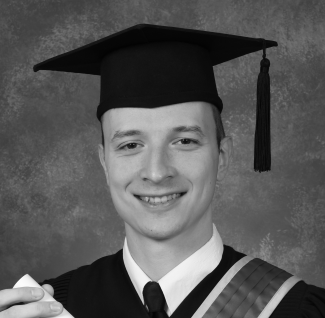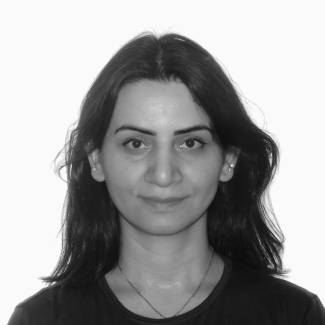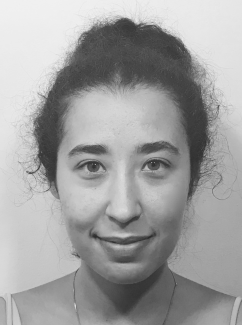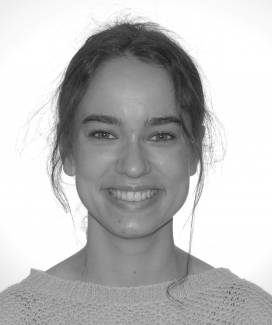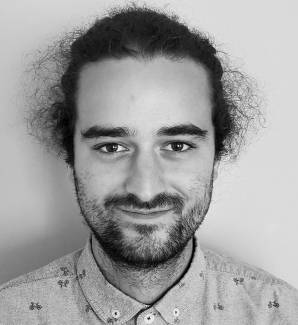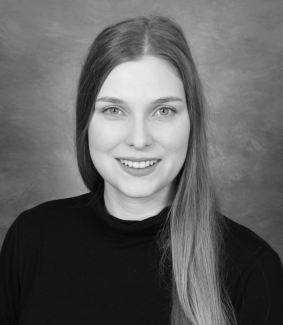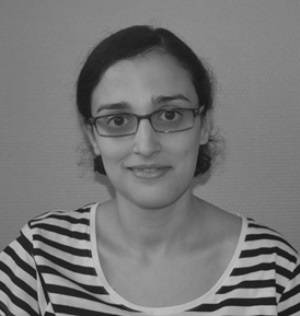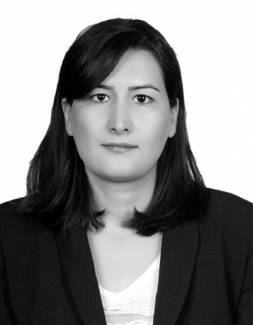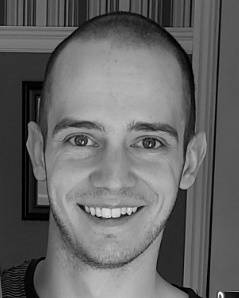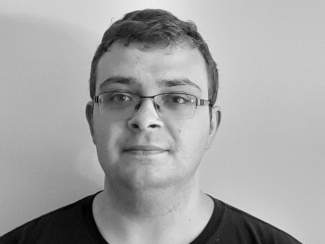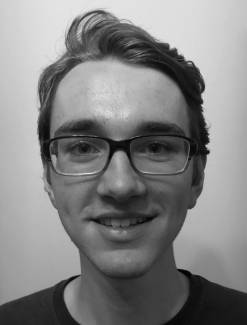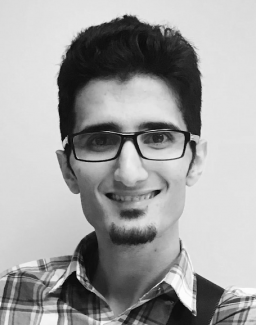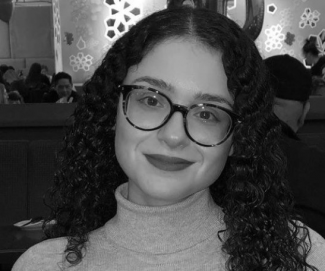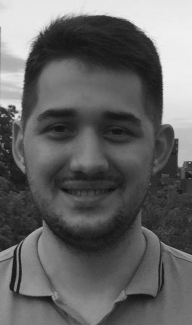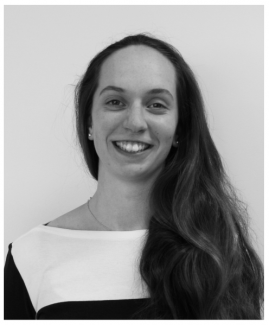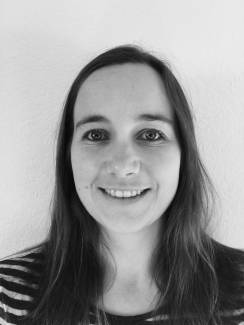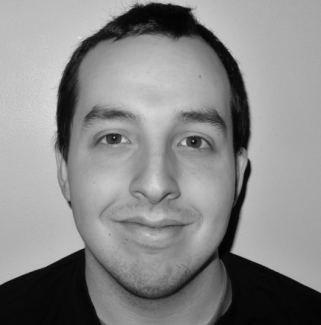Introduction: Chromosomal disorders such as trisomy 21 (most common), 18 and 13 are a source of concern for parents, in terms of fetal health, delivery/miscarriage; this may be compounded by concerns about financial issues. These concerns increase with the age of the mother (1,2). Prenatal screening is used to assess the likelihood of having a fetus with such anomaly(ies) and if necessary further diagnostic tests. Previous studies have shown that pregnant women actively seek information to make informed decisions about testing: what options are available? Are they prepared enough to make a choice? Do they have all the necessary information? How can their own values and preferences be considered?
Effective decision support tools exist to help people facing difficult decisions to make informed choices (4). However, the evidence contained in these tools has not been evaluated based on the relative weight it contributes to the decision to be made. Furthermore, the intentions of pregnant women and their partners to use such a tool in a digital format are unknown (5).
Objective: The main objective of our study is to assess the intention of pregnant women and/or their partners to use a mobile application-based decision support tool for prenatal screening. More specifically, it will: identify potential factors that may influence decision making; assess the relative weight of the information contained in the tool ascribed by pregnant women and/or their partners; and assess their intention to use it.
Methods: Study design: This is a descriptive cross-sectional study that represents phase 1 of a project called APP4WE (Analytical mobile application to support shared decision making for pregnant women) of the Canada Research Chair in Shared Decision Making and Knowledge Translation (6). This project aims to enable pregnant women and their partners to get the support they need to make informed decisions about prenatal screening and includes several phases. Participants and sample size: For phase 1, we propose to recruit an independent sample of 90 pregnant women and their partners from three clinical sites (a midwife-led birthing centre, a family practice clinic, and an obstetrician-led hospital clinic) in Quebec City and Montreal, Canada. Pregnant women and their partners will be recruited to reflect the respective proportions of socio-economic, ethnic, and linguistic communities. To be eligible for the study, pregnant women must be at least 18 years old, more than 20 weeks pregnant, have a low-risk pregnancy, not have given birth near the dates of data collection, be able to speak and write French or English and be able to give informed consent. Partners of pregnant women will also be asked to provide informed consent. Measured outcome: The primary outcome of this study is to measure the intention of pregnant women and/or their partners to use a mobile application for prenatal screening decision making. To assess this outcome, the Continuing Professional Development - Feedback (CPD-Feedback) questionnaire was used. This tool is a validated 12-item questionnaire that assesses the impact of continuing professional development activities on the clinical behavioural intentions of health professionals. We will also determine the factors (socio-demographic and others) potentially associated with intention. Statistical analysis: We will first perform descriptive statistics to determine the characteristics of our study population and the distribution of intention. Subsequently, a linear mixed model will be used to determine potential factors influencing the intention of pregnant women and/or their partners to use a mobile application for prenatal screening decision making. We will specify random effects at the practice level (cluster), which will allow us to answer our research question while considering the hierarchical structure of the study.
Références :
1. Ohman SG, Grunewald C, Waldenström U. Women's worries during pregnancy: testing the Cambridge Worry Scale on 200 Swedish women. Scand J Caring Sci. 2003 Jun;17(2):148-52. doi: 10.1046/j.1471-6712.2003.00095.x. PMID: 12753515
2. Practice Bulletin No. 163: Screening for Fetal Aneuploidy. Obstet Gynecol. 2016 May;127(5): e123-e137. doi: 10.1097/AOG.0000000000001406. PMID: 26938574.
3. Légaré F, St-Jacques S, Gagnon S, Njoya M, Brisson M, Frémont P, Rousseau F. Prenatal screening for Down syndrome: a survey of willing in women and family physicians to engage in shared decision-making. Prenat Diagn. 2011 Avr;31(4):319-26. doi: 10.1002/.2624. EPUB 2011 Jan 26. PMID : 21268046.
4. Agbadje TT, Pilon C, Bérubé P, Forest JC, Rousseau F, Rahimi SA, Giguère Y, Légaré F. User Experience of a Computer-Based Decision Aid for Prenatal Trisomy Screening: Mixed Methods Explanatory Study. JMIR Pediatr Parent. 6 septembre 2022;5(3):e35381. doi : 10.2196/35381. PMID : 35896164; Numéro PMCID : PMC9490528.
5. Delanoë A, Lépine J, Turcotte S, Leiva Portocarrero ME, Robitaille H, Giguère AM, Wilson BJ, Witteman HO, Lévesque I, Guillaumie L, Légaré F. Rôle des facteurs psychosociaux et de la littératie en santé dans l’intention des femmes enceintes d’utiliser un outil d’aide à la décision pour le dépistage du syndrome de Down : un sondage en ligne fondé sur la théorie. 2016 Oct 28;18(10):e283. doi : 10.2196/jmir.6362. PMID : 27793792; PMCID : PMC5106559.
6. Abbasgholizadeh Rahimi S, Lépine J, Croteau J, Robitaille H, Giguere AM, Wilson BJ, Rousseau F, Lévesque I, Légaré F. Facteurs psychosociaux de l’intention des professionnels de la santé d’utiliser un outil d’aide à la décision pour le dépistage du syndrome de Down : étude quantitative transversale. 2018 Apr 25;20(4):e114. doi : 10.2196/jmir.9036. PMID : 29695369; PMCID : PMC5943629.




















